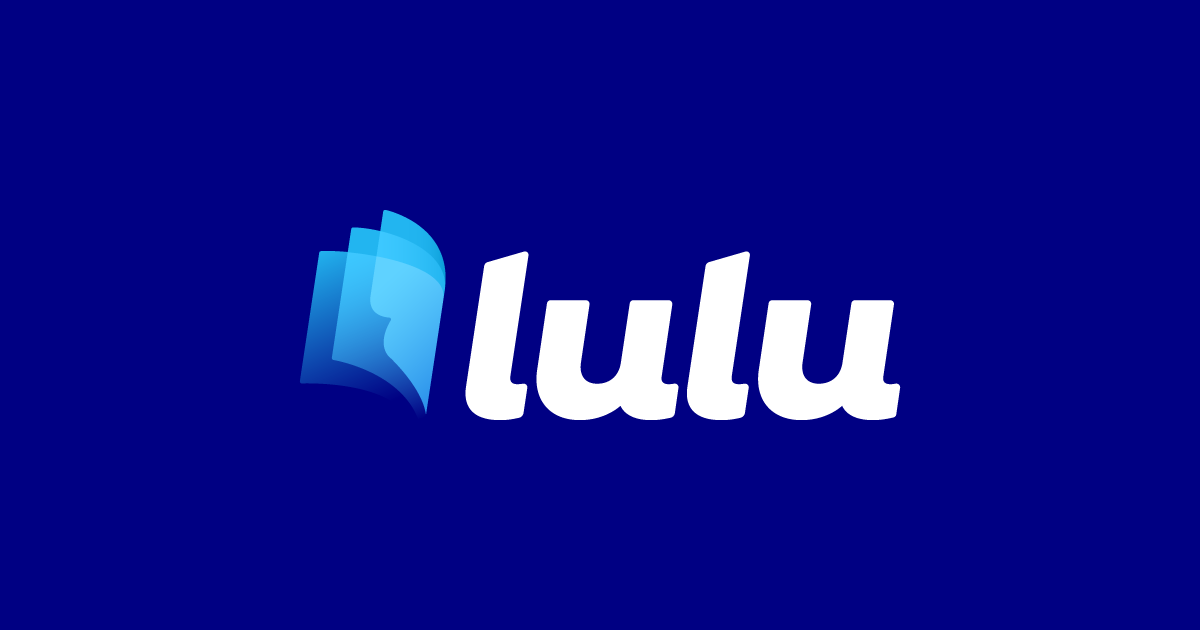Implement the Content Framework

We’ve already discussed what the Craftsman Content Framework is, so this chapter will be more of a step-by-step checklist to help you implement the framework into your business. You’ve got TWO areas that you need to look at implementing systems, external and internal.
Your external systems are your marketing and email systems. The systems that bring revenue into your business. Your internal systems are your product ecosystem, your operations, your apps and systems that keep your business running and deliver your offer to your clients. Let’s start with the external systems that we’ve already discussed:
1. Choose your platform
Step 1 is to choose your platform. How are you going to generate awareness and pull prospects to your business? Will you use ads, warm outreach, cold outreach, or content? Or will you choose to do more than one at the same time?
Most creators start with content, as they’re already active on multiple social media platforms. Choose the platform that your right-fit clients already spend time on, and if you’re not sure then look at which platform aligns best with the type of products and services you sell. If you’re a video company, look at YouTube or Instagram. If you’re a writer, look at Twitter or Medium or Facebook. If your RFCs are other business owners, look at LinkedIn.
If you’re not sure, you can run a quick test for 30 days. Post daily on two or a maximum of 3 platforms, then analyze which one had the best results - leads. Add tracking code to your website and see where people come from. The platform that sends the most leads is the winner, and you’ll stick with that platform for the next 6-12 months until it’s generating enough leads for you to be oversubscribed.
2. Create content that works
Follow a simple framework from people like Alex Hormozi ($100m leads) or Justin Welsh (Content OS) or Steph Smith (Doing Content Right). Post daily to get the algorithm to pay attention to you. Find a group of people who are on the same journey as you (send them this book if you want them to join you!) and engage with each other’s content every day. Post on the platform, share a link to the post into a text group, then everyone in the group heads over to like and comment. Doing this within the first hour is a good signal to the platforms that the content is valuable.
Test the content - is it getting people off of the platform and onto your website? We don’t care as much about followers and likes on the post. These vanity metrics will grow as you get better at content, but they aren’t the goal. The goal of the framework is to use your short-form content to point people to your long-form content.
You’ll want long-form content - videos, podcasts, blog posts - that go deeper into what you shared in your short-form content. If the short form is the sample, the long form is the next bite. You don’t need tons, but you do need to create the next stepping stone to bridge the gap between your short form and your lead magnet(s).
3. Create and connect your lead magnets
Decide what you’ll give away in exchange for an email address and permission to contact your leads in the future. Something that they’d pay $1,000 to learn. Give that away as a lead magnet. Consider adding a monthly webinar, an ebook, a digital download, an email series, and/or a scorecard, and then connect them all together.
Some good resources are ConvertKit (email series, landing pages, digital downloads), ScoreApp (scorecards and quizzes), and Carrd for simple sites to promote a webinar or other lead magnet.
4. Create your welcome sequence
Your leads need to be engaged once they sign up for your lead magnet. The best way to do this in a scalable way is through an email welcome series. You can create an automated sequence that spans a week or more and sends out daily emails to your new leads. You can point to your other leads magnets - the scorecard, the webinar, the digital downloads, the podcasts and videos - so that they spend more time with you before presented with an offer.
Set up a new account with ConvertKit (convertkitforcreators.com) and set up a simple landing page, email capture form, and connect it to a sequence.
At the end of the sequence, put a soft call to action. If they’re ready to learn more about [outcome], click here.
4. Create your first sales sequence
When people click on one of the links at the end of your welcome sequence, you don’t want to start selling them hard until they buy or bounce. You want to continue to increase the tension until they feel pulled to buy or take the next step. Use a simple 2- or 3- day sales sequence to highlight their pains, needs, and desires, and show them that your product or service is the simplest and clearest path to them getting the outcomes they want. Include simple links to have them take the next step - book a call, buy your course, get your book, etc.
5. Create your weekly newsletter
To engage your leads for longer, set up a new sequence that will be your weekly newsletter. Have it go out every week, and have people start at email 1 and continue through the whole sequence (rather than starting on week 47 or whatever week you’re on when they subscribe).
At the end of each newsletter have a soft call to action. “When you’re ready, here are ways I can help you with the next step…” with links to your products and services. You can put a link to “Book a call” or “Grab my course” or “Get my latest album”.
This is the bare minimum for your content framework. You need all of these pieces in place and delivering the outcomes - awareness, prospects, and leads.
Now, if you choose to use warm outreach, cold outreach, or ads, you are skipping some of the content framework steps. You can get people directly to a lead magnet, skipping your short- and long-form content. I still recommend that you have some long-form content on your site in case they want to look around and explore a bit. Ads are a more direct way to get leads to your business, though there is a cost involved. The cost here is monetary, while the cost with content is time and effort.
Warm and Cold outreach is going directly to your right-fit clients and engaging with them. You’re skipping the steps of content and even lead generation since you already have their contact info (warm outreach) or you found their contact info or their profile on a social media platform (cold outreach). You’re starting at the engagement stage, rather than the discovery stage.
All of these are viable options. When we get to the Expand section, you’ll see that the way to expand your impact is by going back to the start and expanding your content framework by adding new methods of reaching your RFCs, or expanding to new platforms.
Next we’ll connect the content framework to your product ecosystem in a more effective way.

Sponsored By Lulu.com
The team at Lulu has been an incredible partner since I released my last book, Craftsman Creative - How Five-Figure Creators Can Build Six-Figure Businesses.
We've partnered on this next book, Blockbuster, to share the ins and outs, the behind the scenes of writing and publishing a book in public.
To learn more about how Lulu can help you get your book out into the world, visit lulu.com by clicking the button below:
NEXT CHAPTER

PREVIOUS CHAPTER



Member discussion